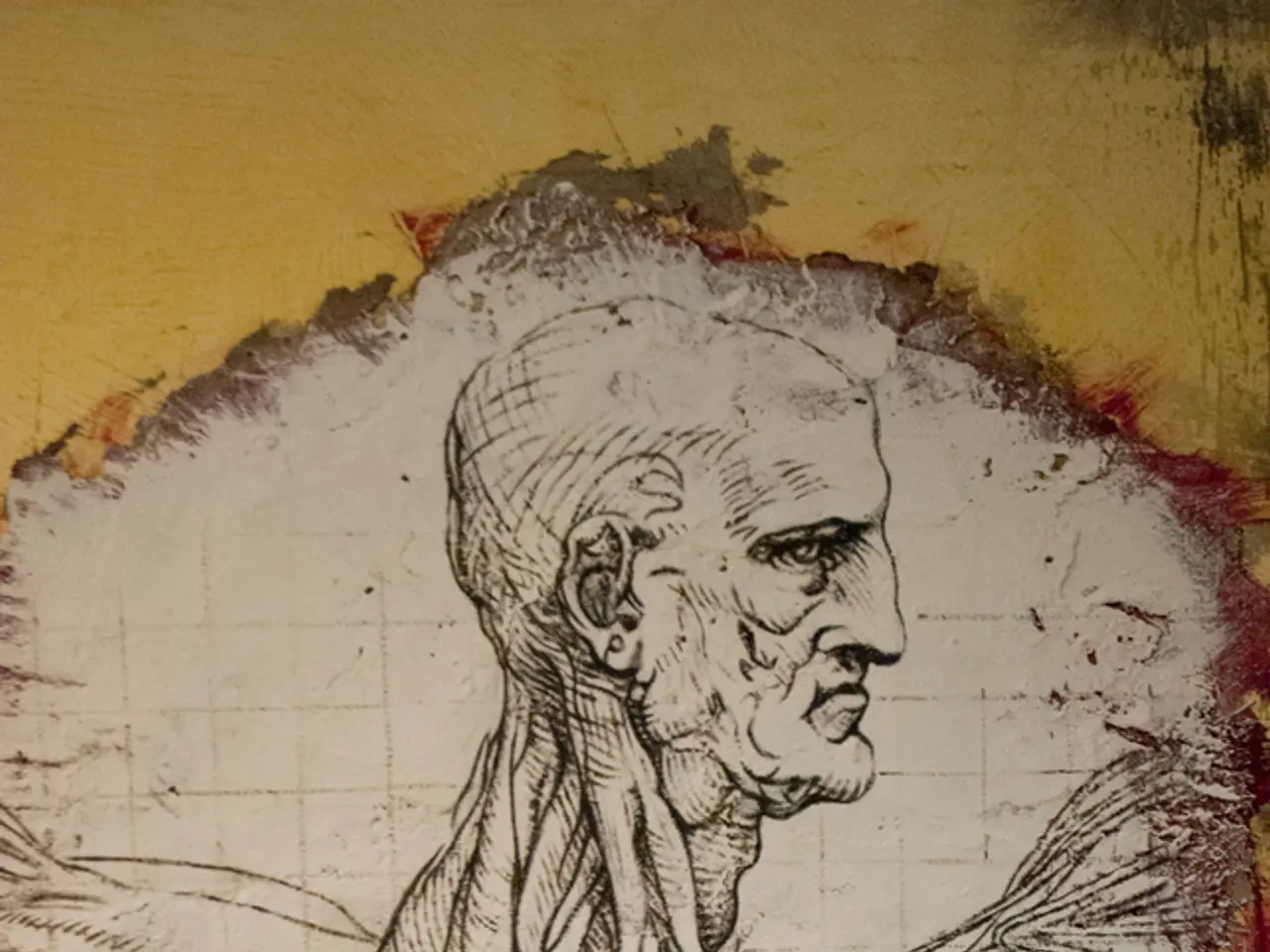Exploring the Unique Visual Styling and Fixation on Symmetry in Wes Anderson's Filmography
Wes Anderson's Distinctive Visual Storytelling
Wes Anderson's films are a treasure trove of distinctive techniques for cinematic storytelling, with his unique visual style deeply supporting both the aesthetic and narrative of his work. This style, characterized by symmetry, colour, and character design, creates a world that feels carefully crafted, immersive, and emotionally resonant.
Symmetry and Composition
Anderson's films are renowned for their symmetrical compositions. Meticulously balanced, centrally-composed shots are a cornerstone of his style, providing a psychological satisfaction to viewers. This visual order contrasts with the often chaotic or absurd events in the story, enhancing comedic and emotional impact by making the unusual feel more striking within a harmonious frame. Symmetry also establishes a stable visual ground that Anderson exploits for comedic timing and narrative rhythm, allowing sudden chaos or motion to stand out sharply within a composed scene.
Colour Palettes
The colour palettes in Anderson’s films are deliberately limited and carefully chosen to evoke specific atmospheres, nostalgia, or moods. His use of pastel hues, saturated blues, and faded oranges links each frame visually and subliminally, enhancing not just the look but also the tone and character perception. Colours contribute to a handmade, storybook quality and can symbolize character traits or emotional states, thereby reinforcing storytelling beyond dialogue or plot.
Character Design and Costumes
Character design and costumes are integral to the storytelling, with fashion functioning almost as a character in itself. Collaborations with costume designers, especially Milena Canonero, result in vibrant, vintage, and sharply tailored wardrobes that reveal personality and period without heavy exposition. Unique accessories like Richie Tenenbaum's headband and Steve Zissou's red beanie add layers to their personas in Anderson's films. Iconic pieces, such as Margot Tenenbaum's fur coat and heavy eyeliner in The Royal Tenenbaums, encapsulate her enigmatic and melancholic nature.
Blending the Fantastical with the Mundane
Anderson's stories often blend the fantastical with the mundane, creating a world that feels both familiar and magical. Textural contrast is used in his films, mixing fabrics like velvet, corduroy, and tweed to provide a tactile richness. This juxtaposition of the ordinary and the extraordinary adds depth to his characters and their environments, making each visual moment distinctive and immersive.
In conclusion, Anderson's use of symmetry, colour, and character design creates a distinctive visual style that supports both the aesthetic and storytelling of his films. His visual style functions not simply as decoration but as an active storytelling device, blending humor, nostalgia, and emotional depth to make each film's world feel carefully crafted, immersive, and emotionally resonant.
[1] The Grand Budapest Hotel [2] The Royal Tenenbaums [3] Moonrise Kingdom [4] Fantastic Mr. Fox [5] Isle of Dogs
Read also:
- "Primal instincts at play: Subnautica 2 designer notes our affinity for weapon-making stems from a fundamental desire for protection and sustenance"
- Dragon Age series might find a promising future with remasters, according to ex-BioWare producer Mark Darrah, but it seems unlikely that EA and BioWare possess the capability for such undertakings at present.
- In Verdansk, the dominance of automated systems in Warzone is causing an integration with Stalker, leading to a blurring of lines in the user's mind.
- Despite the significant success of Clair Obscur: Expedition 33, its director asserts that traditional prejudice towards turn-based RPGs persists, with real-time action games generally receiving smoother acceptance.








